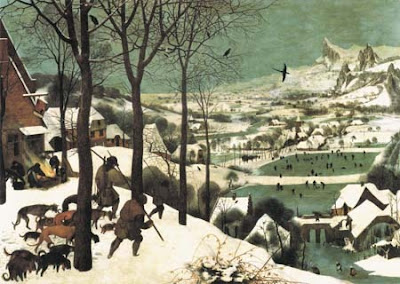Despite the obvious seriousness of the current ash dieback outbreak, I have to admit to having observed the crisis with a certain ambivalence towards this tree. However, today, walking the wooded combe's of the South Cotswold scarp, I was struck by how much ash is the dominant tree species in this landscape. Any significant loss of ash would radically alter the topographical character of the area, and the many others across Britain where it is similarly ubiquitous. Let us hope that the famed resilience of the ash, adaptability and quick growth offer some sort of resistance to the Chalara fraxinea fungus.
My walk began, appropriately enough, in the hamlet of Cold Ashton. And, stark and winter-bare, ash was the constant coda throughout the nine muddy miles: a knarled old pollard defiant in a field; dominating the hanging woods on the hillsides and the hedgerows of field and stream.
Majesty lurks in the scruffy ugliness of the ash, summed up nicely by Roger Deakin: "There is something goat-footed about ash trees: the shaggy signs of Pan". But the utilitarianism of ash is its star quality, "its workmanlike resilience, foreshadows its practical virtues". William Cobbett cuts to the quick: "Laying aside this nonsense, however, of poets and painters, we have no tree of such various and extensive use as the Ash...It therefore demands our particular attention and from me, that attention it shall have".
So here's to the æsc ('spear' tree) and Yggdrasil ('World tree'), my constant companion on a benign winters day; and a tree not to be taken for granted. And lets hope that the words of Edward Thomas' poem 'The Ash Grove' prove to be prescient: "...But the moment unveiled something unwilling to die/ And I had what most I desired, without search or desert or cost."
...not forgetting the oak
...and the holly and the ivy
Bibliography
Cobbett, William, 2001 Rural Rides. London: Penguin
Deakin, Roger, 2007 Wildwood: A journey through trees. London: Penguin
Rackham, Oliver, 2001 Trees and Woodlands in the British Landscape. London: Penguin
Thomas, Edward, 2004 Collected Poems. London: Faber and Faber






























